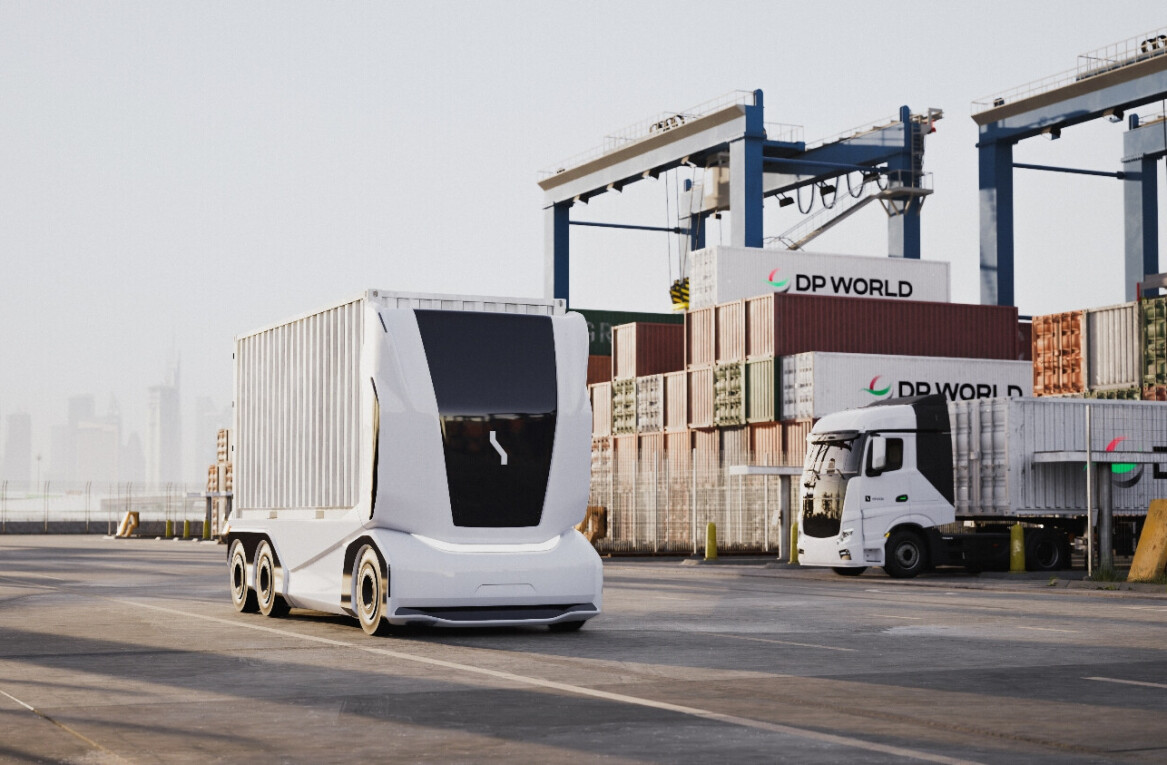
A UK startup is installing electrostatic tyre-dust collecting machines on a fleet of EV delivery vans in London, as it looks to make a dent in the world’s second-largest source of microplastic pollution.
When cars drive, friction between the tyre and the road surface causes tiny rubber particles to break off, where they disperse into the air, water, and even our bodies. Tyres contain a number of toxic chemicals, exposure to which has been linked to cancer, lung disease, and even mass die out of river salmon.
“We’re all well aware about exhaust emissions from cars, but the enormity of the tyre pollution problem has largely fallen under the radar,” Hanson Cheng, co-founder and CEO of The Tyre Collective, told TNW.
Cheng founded The Tyre Collective in 2020 alongside Siobhan Anderson and Hugo Richardson. The team spun out the company from a masters research project at Imperial CollegeLondon.

“During our research we found that almost nothing was being done to curb tyre pollution,” said Cheng. “It was like this invisible issue no one was talking about.”
The Tyre Collective has built the first-ever device to capture tyre dust at its source. The machine, about the size of a toaster, is attached to the undercarriage of a vehicle, right behind the wheel. When a car drives, the tyre dust flows through the device where it is collected by a series of metal plates.
“We discovered that tyre particles become electrostatically charged due to the friction with the road,” Cheng explained. “So we tried running a negative charge through the metal plates to naturally attract the particles. That did the trick.”

The patent-pending technology can attract up to 60% of a car’s tyre particles. Once captured, they can be upcycled to make a number of products including shoe outsoles, rubber matts, inks, and dyes. The machine has to be cleaned out at minimum once a week, but the company says its working on a more convenient way to store the particles.
In March, the EU adopted the world’s first legal framework aimed at cracking down on tyre pollution — a clarion call for tyre manufacturers and car makers to clean up their act. It was also the market incentive The Tyre Collective was waiting for.
Spurred on by tightening regulations, the company is about to trial its technology on a fleet of electric delivery vans owned by London-based startup HIVED. The two-month trial will help The Tyre Collective refine its machine as it prepares to bring it to market, fuelled by $2mn in government grants.

For companies like HIVED, the technology presents an opportunity to green their fleets beyond the tailpipe.
“For us, all-electric deliveries are a starting point, not the end destination,” HIVED co-founder Murvah Iqbal, told TNW. “We’re aiming for zero-emission mobility.”
The Tyre Collective’s machine is far from a panacea. Ultimately, we must drive less, walk more, and invest in cleaner modes of transport alongside technological fixes.
Nevertheless, Cheng believes the device could become a standard piece of kit on all vehicles. Kind of like how catalytic converters — which turn toxic exhaust fumes into less-toxic pollutants — are now mandatory on all gas-powered cars.
“It’s not perfect, but it’s a start,” he said.
Get the TNW newsletter
Get the most important tech news in your inbox each week.




